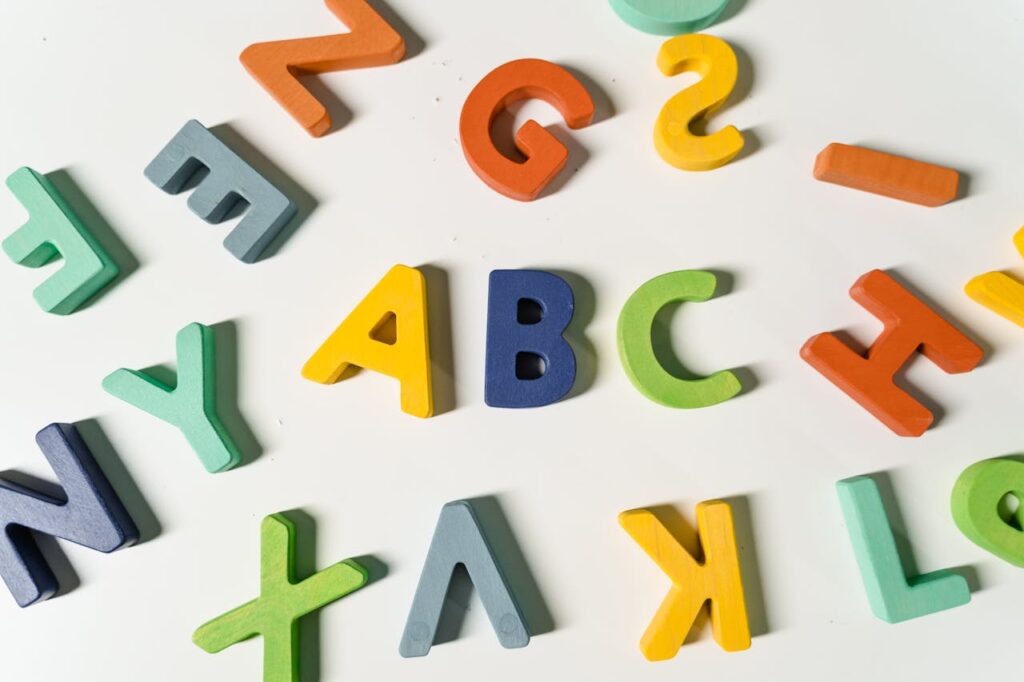Some of the links on this website are affiliate links, which means that if you click on them and make a purchase, I may earn a small commission at no additional cost to you. I only promote products and services that will add value to my readers. Thank you for supporting our work.
Teaching children to read is one of the most fulfilling and transformative milestones in early education. A vital part of this journey is guiding them to master CVC (consonant-vowel-consonant) words. These essential three-letter words, like “cat,” “dog,” and “sun,” act as fundamental building blocks for young learners, helping them grasp phonics and the process of blending sounds.
To make learning CVC words exciting, we can incorporate engaging activities and games that turn education into a fun experience. Children can thrive by cultivating an environment where learning and enjoyment go hand in hand.
Here are some exciting CVC word activities and games designed explicitly for kindergarteners that make learning interactive, enjoyable, and unforgettable.
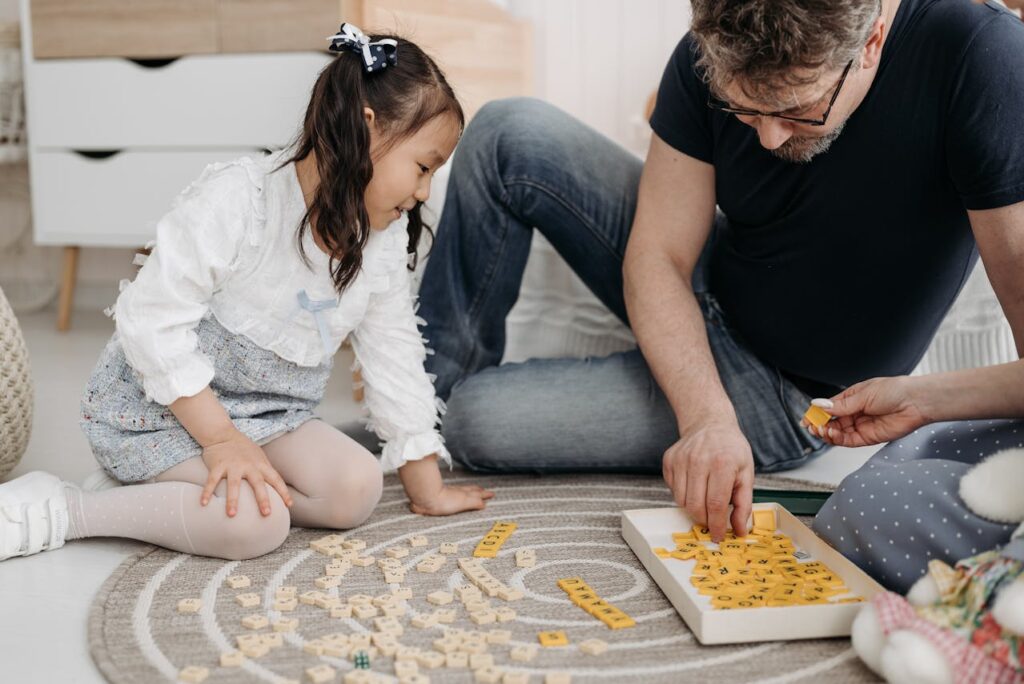
1. Word Building with Letter Tiles or Magnets
Enhance your child’s understanding of phonics through interactive word-building activities using colorful letter tiles or magnetic letters. This hands-on approach makes learning enjoyable and reinforces the concepts of consonant-vowel-consonant (CVC) words memorably. Here are some creative activities to try:
1. Constructing Words: Start by clearly saying a simple CVC word like “cat.” Invite your child to use letter tiles or magnets to build the word in front of them physically. This visual and tactile activity allows them to see the letters and their arrangement, deepening their understanding of how words are formed.
2. Unscrambling Fun: Mix up a selection of letters that spell a CVC word. Challenge your child to unscramble and reassemble the letters into the correct word. This activity enhances their problem-solving skills and familiarity with letter patterns.
3. Swapping Letters: Encourage creativity by having your child swap out one letter in a word to form new words. For example, have your child change “bat” to “cat” by replacing the initial “b” with “c.” This helps them recognize similarities between words and expands their vocabulary through playful exploration.
These engaging and dynamic activities will create a rich learning environment where your child feels empowered to explore language and develop essential phonics skills.
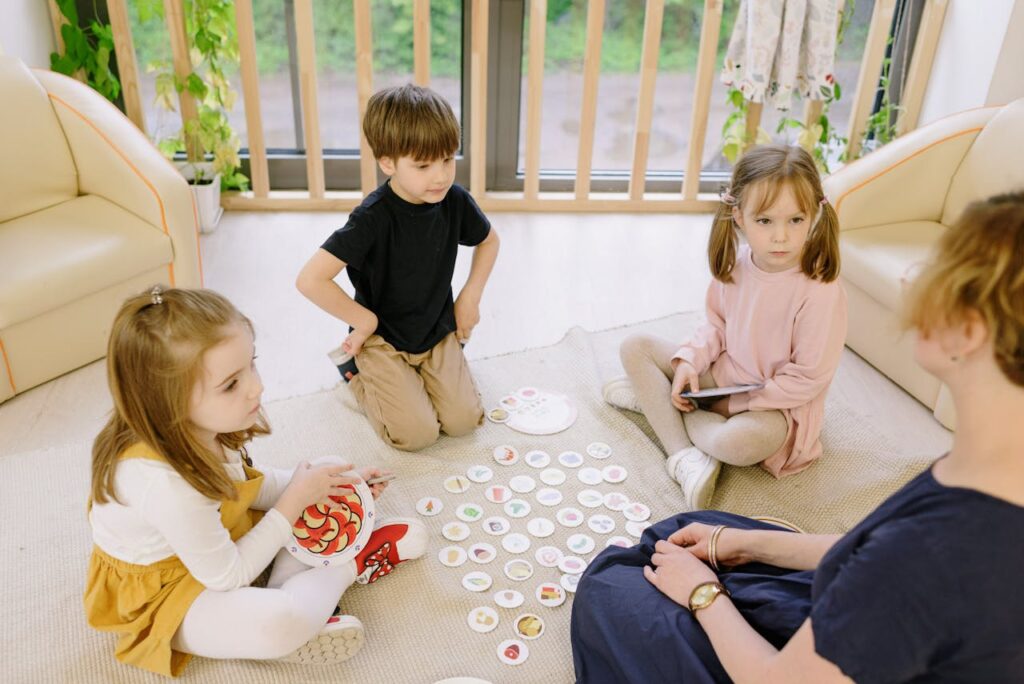
2. CVC Word Bingo
CVC (Consonant-Vowel-Consonant) Word Bingo is an engaging and interactive game designed to help children practice reading and recognizing CVC words in a fun way. To set up the game, create bingo cards that feature a variety of CVC words or include pictures that represent these words.
Once the cards are ready, gather the children in small groups to encourage collaborative learning and teamwork. As the game progresses, call out different CVC words, prompting the children to locate the corresponding words or images on their cards and cover them with markers or tokens.
To add a layer of challenge and reinforce their learning, ask the children to spell the word aloud after marking it on their cards. This approach helps with word recognition and enhances their spelling and phonemic awareness, making CVC Word Bingo an effective and enjoyable educational activity.
Rhyming Words | Free PDF Printable
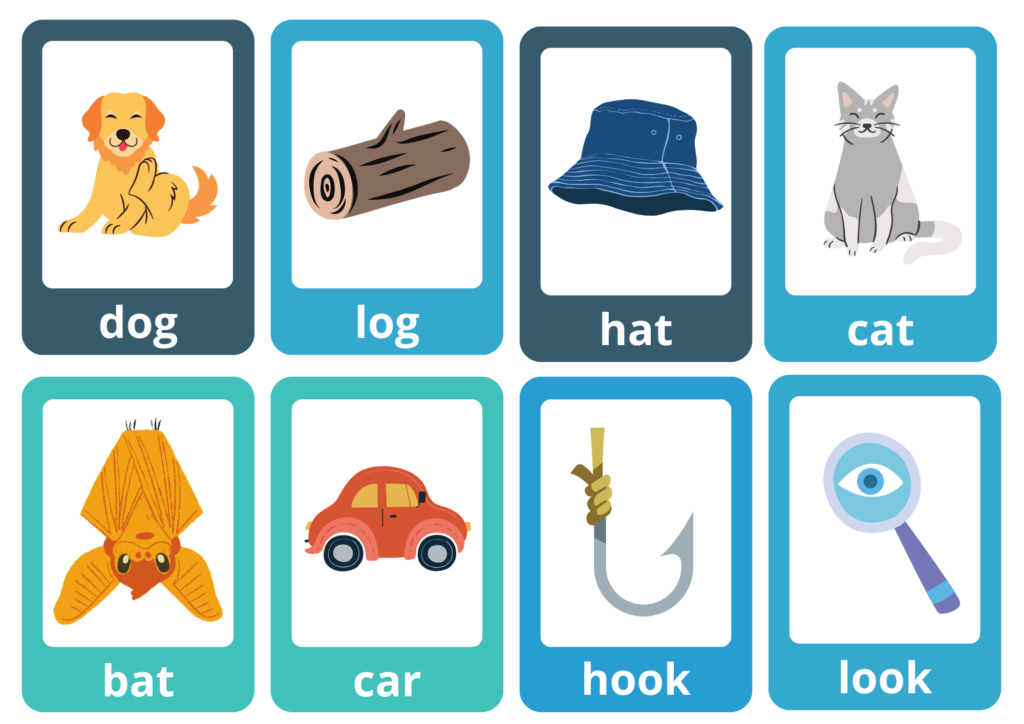
Click to download https://www.skillfulreader.com/wp-content/uploads/2025/03/Rhyming-Words.pdf
3. Rhyming Word Match
Rhyming games are a fun and engaging way to help children develop their understanding of sound patterns, especially with consonant-vowel-consonant (CVC) words. Begin by creating colorful cards, each featuring a CVC word that rhymes with another, such as “dog” and “log.”
To make the activity even more enjoyable, you can turn it into a memory game. Place the cards face down on a flat surface and have the children flip them over to find matching pairs of rhyming words.
Visuals can significantly enhance this exercise, so consider including images alongside the words. This will help early readers connect the sounds and meanings, reinforcing their learning experience playfully and interactively.
4. Sensory Word Tracing
To enhance the learning experience, incorporate sensory activities that capture children’s attention. One engaging method is to write consonant-vowel-consonant (CVC) words in tactile materials such as sand, shaving cream, or bright finger paint. Encourage children to trace letters with their fingers while saying the words aloud. This playful approach develops their fine motor skills through interaction with different textures and significantly improves their word recognition abilities, making learning a fun and interactive adventure.
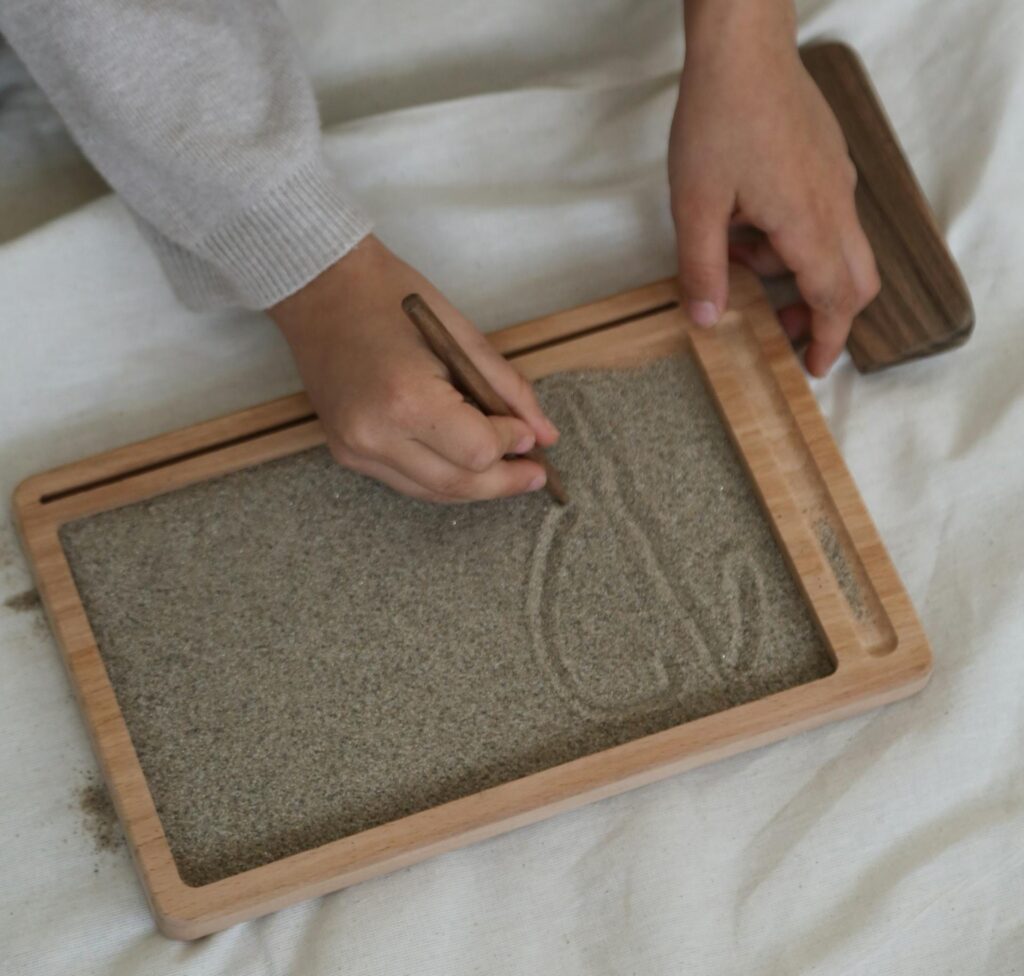
5. Roll-a-Word Game
Transform learning into an interactive dice game that makes phonics enjoyable! Create a worksheet with three distinct columns: one for beginning consonants, one for vowels, and one for ending consonants.
Children will take turns rolling a die corresponding to a letter from each column. After moving, they select a letter from each category to form a CVC (consonant-vowel-consonant) word.
Once they have constructed their word, encourage them to sound it out loud, promoting their reading skills. Then, they can discuss whether the word is an accurate word they recognize or a “silly word” they have just invented. This engaging activity fosters creativity and enhances their decoding and blending skills, making phonics an exciting adventure.
6. CVC Word Hunt
Create an engaging scavenger hunt by hiding cards featuring CVC (consonant-vowel-consonant) words throughout your classroom or home. As children search for the cards, they should enthusiastically read each word aloud to practice their phonetic skills. To enhance their learning experience, have them use each word in a meaningful sentence, encouraging creativity and comprehension. For an additional challenge, test their spelling abilities by asking them to write the word from memory without looking at the card. This activity not only reinforces vocabulary but also adds an element of fun to learning.
7. CVC Word Puzzles
Engage young learners with interactive CVC (consonant-vowel-consonant) word puzzles that stimulate creativity and critical thinking. To create these puzzles, select various pictures or words representing simple CVC terms. Cut each picture or word into three pieces, ensuring each segment corresponds to one letter of the complete word.
Children will enjoy putting the puzzles together as they match the segments to form the complete words. To enhance their understanding, pair each puzzle piece with an image that visually represents the corresponding word. This approach reinforces vocabulary and meaning and adds a fun, hands-on element to learning.
Through this engaging activity, children can develop essential problem-solving skills while improving their phonics knowledge. Assembling the puzzles is tactile, making learning about CVC words enjoyable and memorable.
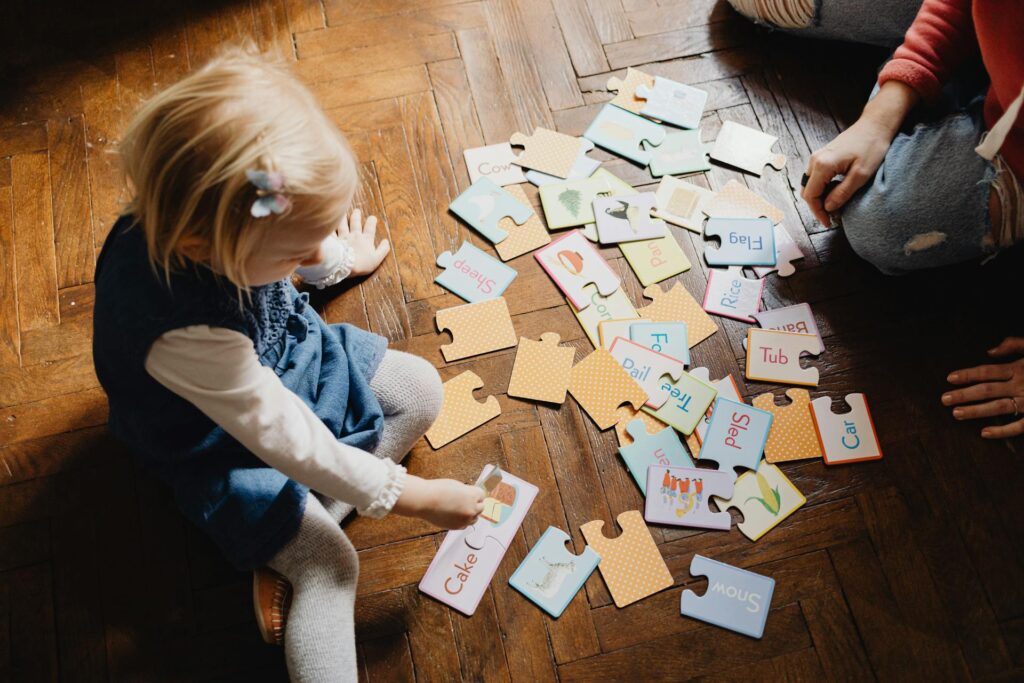
8. Digital CVC Word Games
In today’s digital age, numerous apps and online games have been created to help children master CVC (consonant-vowel-consonant) words through engaging and interactive experiences. These games often feature vibrant graphics and captivating sound effects that grab children’s attention and make learning fun.
When exploring these digital resources, look for options offering customization features. These allow you to tailor the learning experience to specific words that meet your child’s needs. This personalized approach enhances the educational value and keeps children motivated and engaged in their learning journey. Through entertaining animations and interactive challenges, digital CVC word games provide an effective and enjoyable way for young learners to improve their reading skills.
9. Flip Books
Engage young readers with interactive CVC (consonant-vowel-consonant) flip books designed to enhance their phonics skills. Each flip book features a fixed vowel combination, such as “-at,” prominently displayed on one page. Children can then flip through a series of pages showcasing various consonant sounds. As they rotate the pages, they will create a variety of words, such as “cat,” “bat,” and “hat.” Encourage them to articulate each new word they form, reinforcing their reading skills and fostering a sense of accomplishment with each flip. This hands-on activity makes learning to read more enjoyable and enhances their understanding of sound manipulation in language.

10. Storytime with CVC Words
Engage children in delightful Storytime sessions featuring short, simple narratives that include a variety of CVC (consonant-vowel-consonant) words. Choose entertaining stories that naturally incorporate these words, making the reading experience fun and educational. As you read, emphasize the CVC words by highlighting them and encouraging children to read these words aloud. This active participation helps reinforce their understanding and pronunciation of the sounds.
After the story concludes, create an interactive word list showcasing all the CVC words children encountered during the reading. This list is a valuable review tool, allowing children to revisit and practice the words, enjoyably solidifying their learning.
Finally, start with simple CVC words that engage your child’s imagination. This approach builds security and understanding, fostering confidence before introducing more complex vocabulary. Using repetition is a powerful learning tool. Revisiting words and phrases reinforces their meanings, enhancing retention and linking visual recognition with verbal understanding for smoother reading experiences.
Celebrate even small achievements, whether sounding out a word or finishing a story. Genuine praise or small rewards affirm progress and encourage a desire to learn. Incorporate fun, interactive activities to engage young learners in reading. Playful storytelling and hands-on CVC games can help instill confidence and a lifelong love for reading.
CVC Worksheet Short ‘a’ Sound| Free PDF Printable
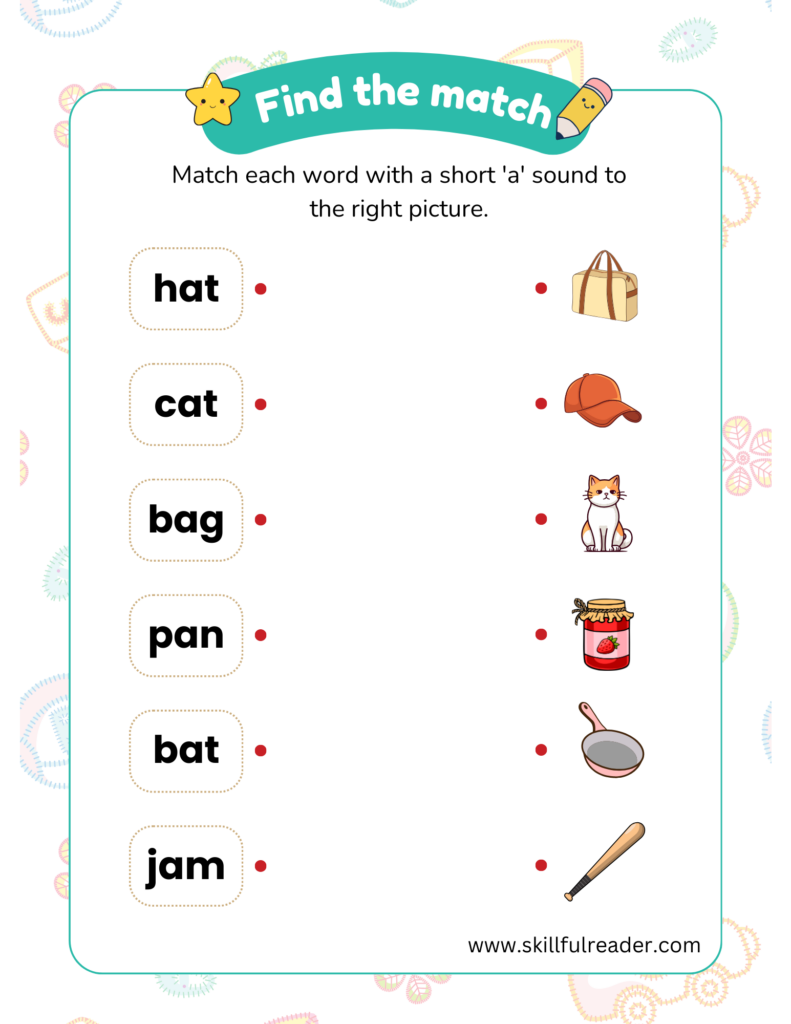
Click to download https://www.skillfulreader.com/wp-content/uploads/2024/12/Short-U-sound-words.pdf

